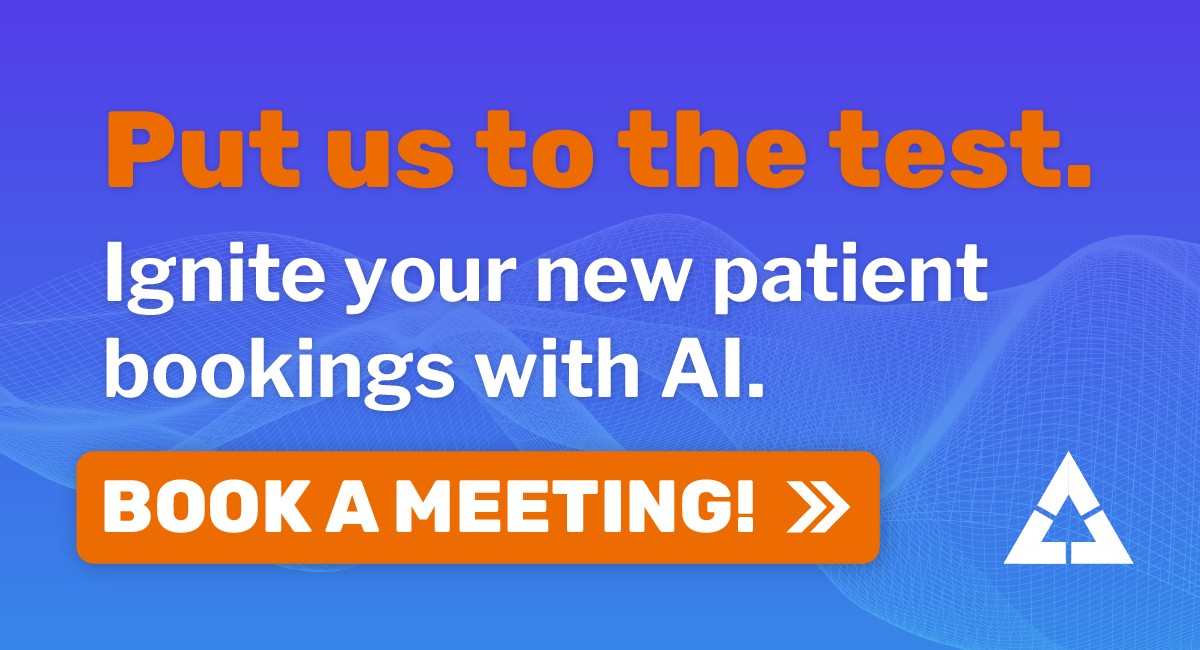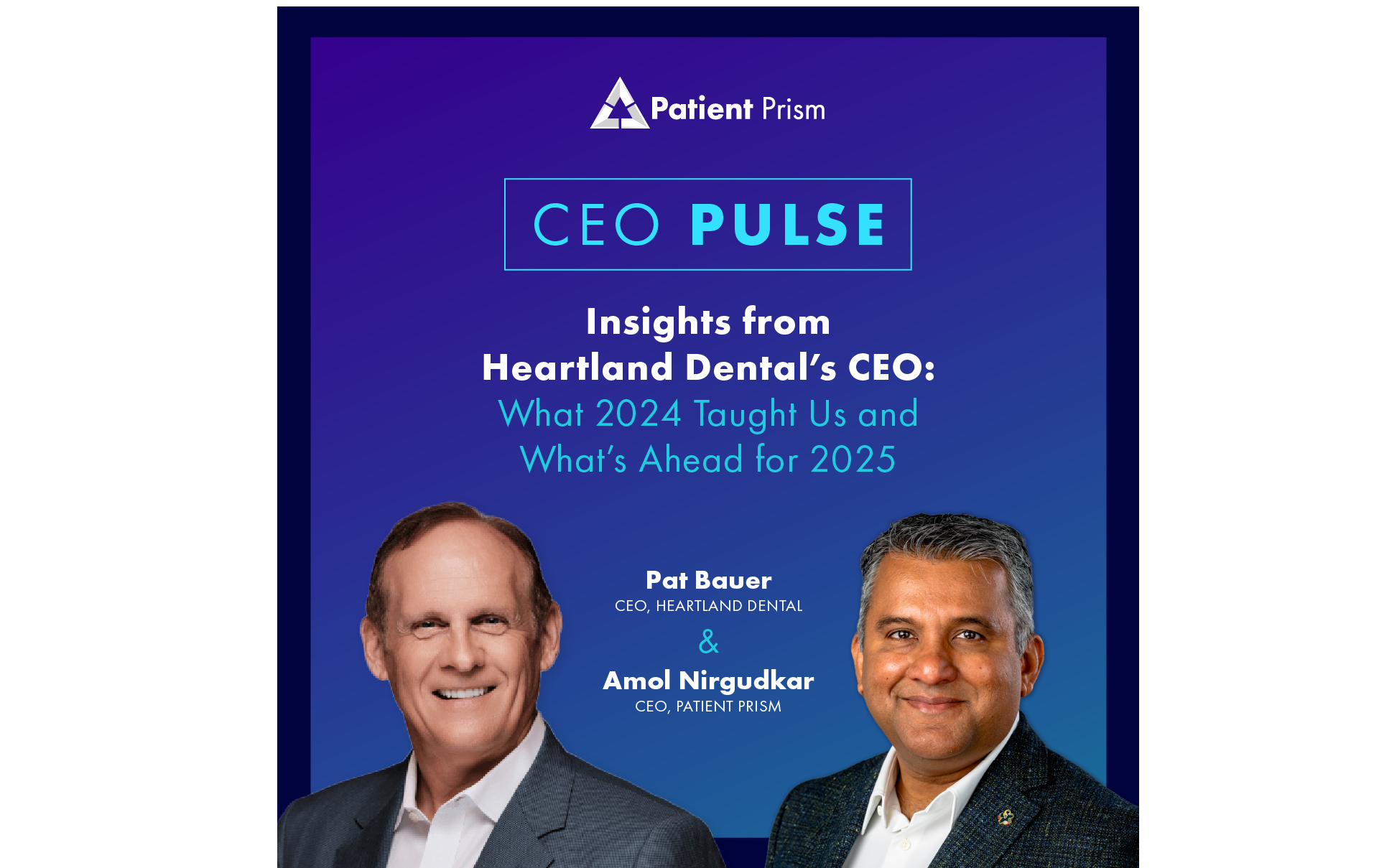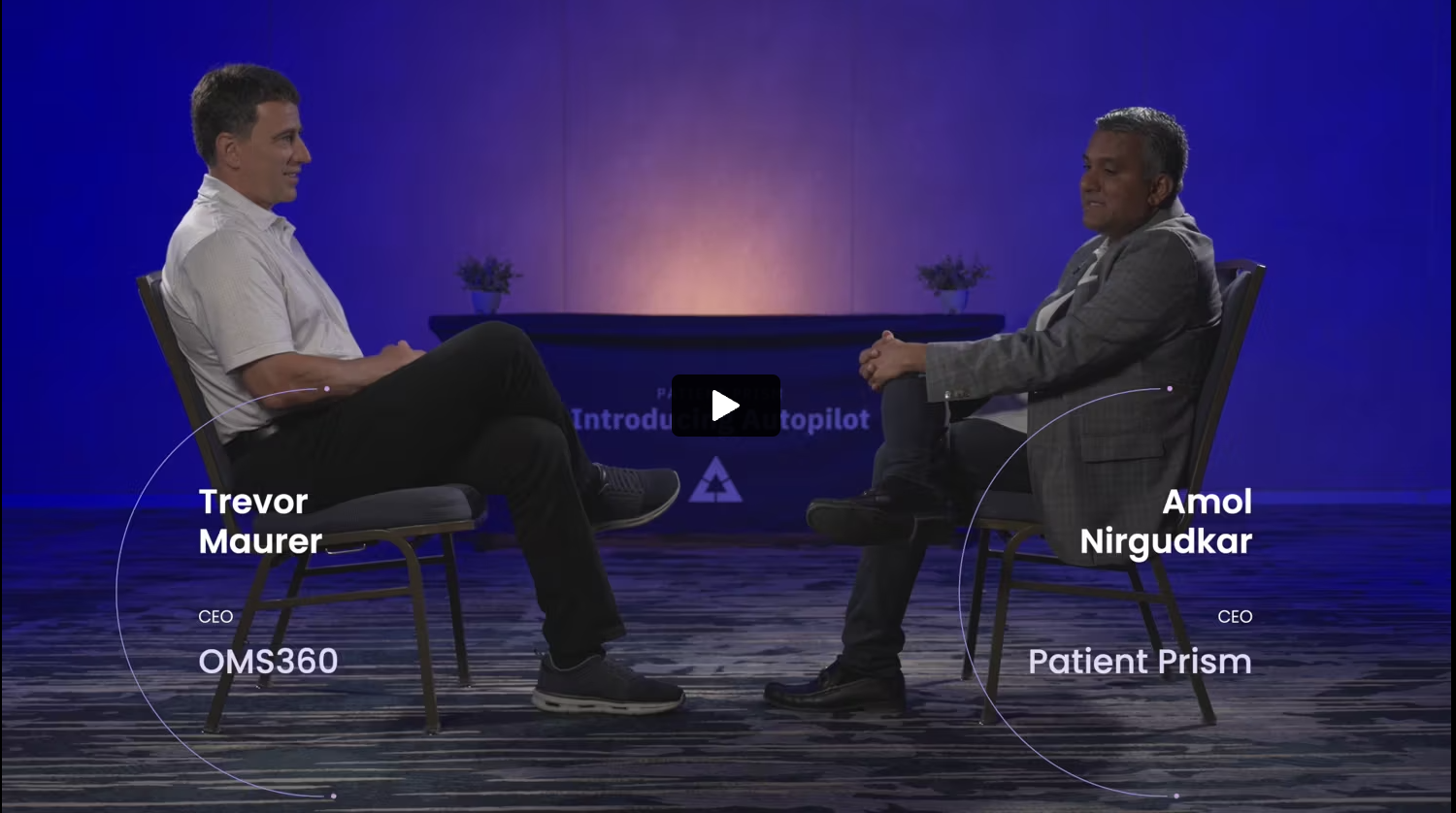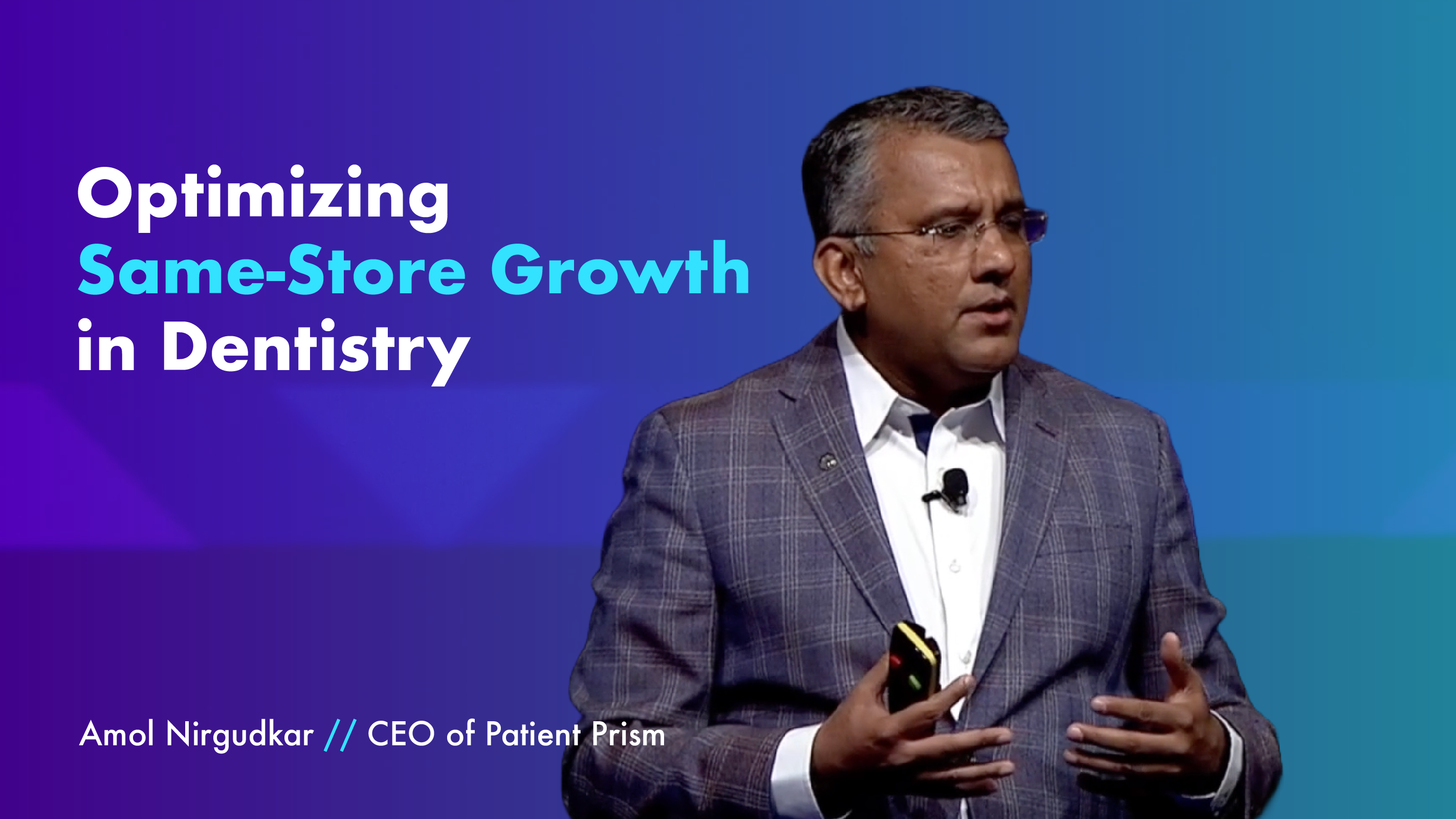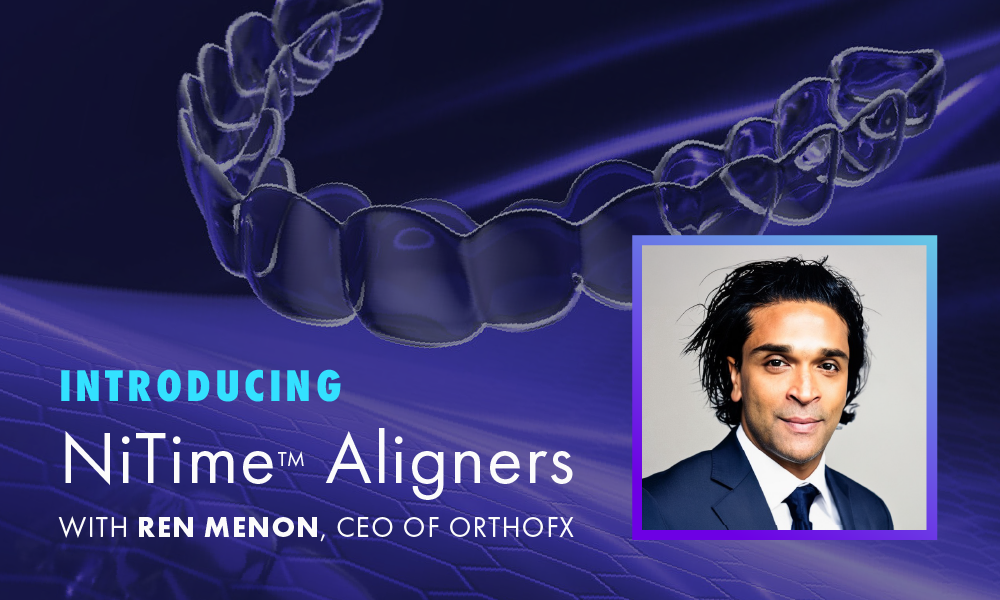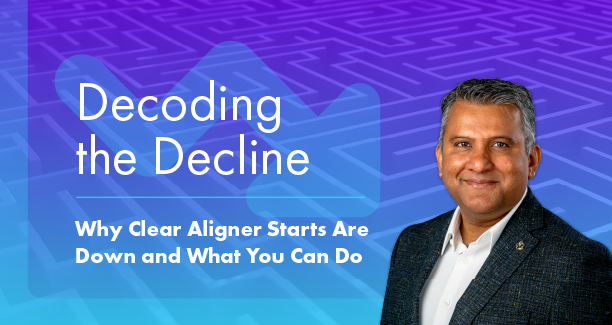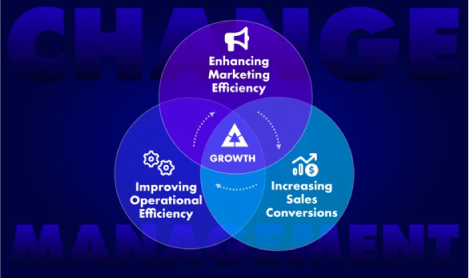February 2023–In the opening panel of the 2022 DSO Tech Summit, panelists discussed The Technology Lifecycle of a Patient. Houmam Ali, COO of Guardian Dentistry Partners, asked:
“How will AI impact our dental patients, performance, and productivity?”
AI computer vision and voice processing software products are raising the standard of care
Starting with Pearl’s CEO, Ophir Tanz, the panelists shared what their AI software is primarily designed to do.
“At Pearl, we focus on a form of AI called Computer Vision,” said Ophir Tanz. “Our AI analyzes an array of radiographic and non-radiographic imaging. Pearl has the only FDA-cleared product that can read dental radiography comprehensively. Our Second Opinion AI can identify pathology, existing restorations, and natural anatomy. First and foremost, the technology is used as a chairside diagnostic aid.”
In clinical trials, Second Opinion increased diagnosis of easy-to-miss interproximal cavities, calculus, and perio disease by 37%. In addition to pointing out areas for treatment, Second Opinion displays the patient’s natural anatomy, enabling patients to understand why treatment is recommended. As a result, treatment acceptance increases in the practices that use Second Opinion.
“At Bola.AI, our mission is freeing up dental staff to do what they can only do best, which is patient care,” said CEO Rushi Ganmukhi. “When you walk into any dental office across the country and ask what they are struggling with, the answer is always efficiency.”
Bola.AI is the first clinical voice assistant for the dental market. The AI does voice processing, so dentists, hygienists, and dental assistants can speak the notes to be recorded in the patient’s digital chart. The verbal perio charting saves the hygienist five valuable minutes to engage with the patient, leading to higher treatment acceptance and revenue.
“It’s good for patients because they hear the numbers called out and are curious about them. This prompts patient questions that make discussing health relevance easier,” said Ganmukhi.
Amol Nirgudkar, CEO of Patient Prism, said, “Patient Prism is the first context-based call analytics platform for understanding what is happening on a dental office’s phones. The AI quickly understands what happened, why, and what could be done differently. For example, a patient calls us at nine o’clock and wants two implants. The patient does not book an appointment. By 9:02, the AI alerts us that we have lost thousands of dollars and why. Now we can fix the problem.
“That’s the promise of AI in my space. Patient Prism accurately analyzes conversations quickly and instantly provides information on which to base an action. Dental practices want more than just data. They want immediate, actionable insights. Our AI allows us to help DSOs across the country schedule more patients. And if they don’t schedule them on the first try, the AI tells them why and prompts them to call back and try to make a great impression.”
The benefits of AI technology are driving its rapid implementation
“In the relatively near term, AI computer vision is going to make its way into almost every operatory in the world,” said Tanz. “It is going to become a standard of care, and it’s going to elevate that standard of care. It’s just too effective and affordable not to. If you look at the history of dentistry, you find paradigm-shifting moments in which new technology is invented and deployed. We saw that with the advent of digital dentistry, high-speed drills, amalgams, and implants–and that’s happening now with AI.”
“With new technology come refinements,” Tanz continued. “I think refinement over the past 18 months has taken computer vision technology from being a cool idea to a very implementable, effective product. Whether it’s Pearl’s technology or someone else’s, computer vision will make its way into every operatory across every form of medicine.”
“In the case of a clinical voice assistant, users love it,” said Ganmukhi. “Everyone gets excited about the time savings. We’ve had a few hygienists with 15-plus years of experience tell us their patients are more engaged in perio scores, and they [the hygienists] are free to do more extensive probing and education.”
The competitive landscape requires dental groups to be nuanced
“Every dental support organization uses business intelligence tools to understand how the business is doing,” said Nirgudkar. “But sometimes it’s not enough to know how it’s doing. You want to know why and what you can do to fix poor performance. Patient Prism’s AI delivers micro KPIs that allow DSOs to dig deeper.
“For example, on the Patient Prism platform, if you see 80% of incoming new patient calls have been converted, you may think that’s great. But how many were seeking high-value procedures such as implants? That’s a micro KPI. Within the group of people looking for dental implants, how many of them scheduled an appointment? Within the group who did not schedule an appointment, what were the reasons? Was it pricing? Was it scheduling issues? Was it insurance? That’s data four levels deep.”
A common situation dental groups face is getting stuck at 3% same-store growth because their schedule is packed. They are booked 65 days out. Thus, new patients wanting high-value services hang up and call alternative providers. These groups need more capacity. Patient Prism’s AI surfaces the Why behind problems in real time so you can solve problems,” said Amol Nirgudkar, CEO of Patient Prism.
“Here’s another quick example,” said Nirgudkar. “We onboarded a large client recently that was not growing. Patient Prism’s AI quickly found that 33% of their incoming business-hour calls were unanswered. That’s a fixable problem.”
Growth requires us to be nuanced. There’s a saying we use internally in Guardian, and it is MAKE THE INVISIBLE VISIBLE,” said Houmam Ali, COO of Guardian Dental Partners.
Tanz said, “We were at dinner last night with a customer piloting Pearl, and she was talking to us about how she’s selecting practices. One she selected is a technology-forward practice, and another is a low-production practice, doing a crown a month. Our customer is attempting to accomplish different things in these different practices.”
There is nuanced awareness within DSOs of ’What am I trying to accomplish?’ And the What can vary across their locations,” said Ophir Tanz, CEO of Pearl.
The challenge of change management
Ali said, “DSOs are growing a lot through affiliations, which means we are bringing in practices and partners that have been practicing in a certain way. We’re introducing new technology. We’re introducing new ways of doing things. We may be exposing people to the technology they didn’t know existed. Until Patient Prism, we didn’t know a receptionist was saying ‘no’ so many times. Now we know and can solve that.”
Ali asked:
“What best practices have you seen from an implementation standpoint to address change management?”
Ganmukhi said, “Bola.AI has focused on matching what hygienists and dental assistants already do, so they don’t need to change much. The AI voice assistant matches their phrasing and how they record clinical information.”
Tanz said, “Pearl has focused on making the software operation prescriptive and simple for each type of user. This is how you operate. This is your day-to-day. We don’t want to affect your workflow, but we are inserting a new capability into it.”
Nirgudkar said, “You’ve got to keep the end users in mind and make it easy. Patient Prism has a highly skilled and dedicated client success team that onboards and coaches its customers. We ensure our clients maximize usage and recognize how AI leads them to higher performance, better decisions, and revenue growth.
“On Patient Prism’s client success team are individuals who have worked in dental front offices and practice management for years. They have walked in the shoes of Patient Prism’s software users. Patient Prism also has learned to develop champions within each organization who see the value of Patient Prism and lead implementation across team members.”
Why should DSOs implement AI technology now?
Nirgudkar summarized the panel discussion, “AI software is moving patients forward to optimize their health. And that is why it should be implemented now. We’re in the dental business to do all we can to optimize people’s health. AI technology benefits everyone involved.”
An example of leveraging Patient Prism for practice growth:
Making the Invisible Visible
If a provider saw two new implant patients last week and $4,000 was spent on the Google AdWords campaign that triggered the calls, the acquisition cost was $2,000 per patient.
Patient Prism AI tracks how many calls the ad brought it. In this case, let’s say it was five. The AI tracks how many callers failed to make an appointment, in this case, three.
The AI assesses the conversations and tracks why the three callers were not converted. The schedule was so full that they could not be seen within 30 days. The callers were disappointed; they wanted to start now!
If four callers had been converted (a feasible conversion rate of 80%), the acquisition cost would have been $1,000 per patient.
If the average revenue from an implant patient is $15,000, imagine the incremental profit growth, not just the per-patient acquisition savings you would have each time you schedule a new implant patient.
In many cases, Patient Prism uncovers other reasons for failure to schedule. For example, the phone receptionist is inadequately trained to understand and converse fluidly about implant dentistry…why it is costly…the financing options available…that everyone who gets implant treatment is glad they did.
When AI analytics reveal this problem, the provider and practice manager consider what to do. The provider might call back personally to have a brief conversation that will impress the patient. The provider might delegate the callback to a highly informed administrative or clinical team member. The provider and practice manager know the receptionist needs to be trained and developed for implant inquiries.
